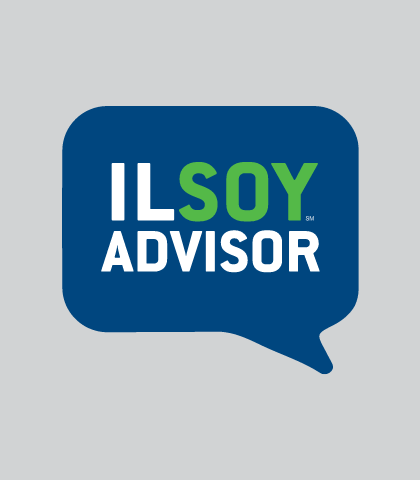Surveys
FREE SOYBEAN CYST NEMATODE SAMPLING OF SCN EGG COUNTS NOW AVAILABLE IN ILLINOIS
The Illinois Soybean Association is calling soybean farmers across the state to join the battle against Soybean Cyst Nematode (SCN) by providing free soil sampling to help track and research the largest yield robber. The University of Illinois has partnered with the Illinois Soybean Association to understand a baseline population of SCN within Illinois soybean fields.
Even though you may have tested for SCN in the past, populations may be increasing because SCN has learned how to adapt to the genetic source of resistance (PI 88788) that farmers have been using over the past 30 years. Gathering data from across the state is crucial to identify exactly where SCN is attacking and to quantify its impact on soybean crops. They anticipate this research could lead to new ways to overcome resistance in the field.
Click on “View PDF” below to access the free SCN form available on the U of I Plant Clinic website or request a kit below by emailing freeSCNtesting@illinois.edu and a free SCN kit with instructions and a prepaid shipping label will be sent to you. Allow the U of I Plant Clinic a few weeks to analyze your soil sample for SCN so that they can provide you with an accurate summary of results.
Read our Battle Against SCN blog for more information.


 and then
and then